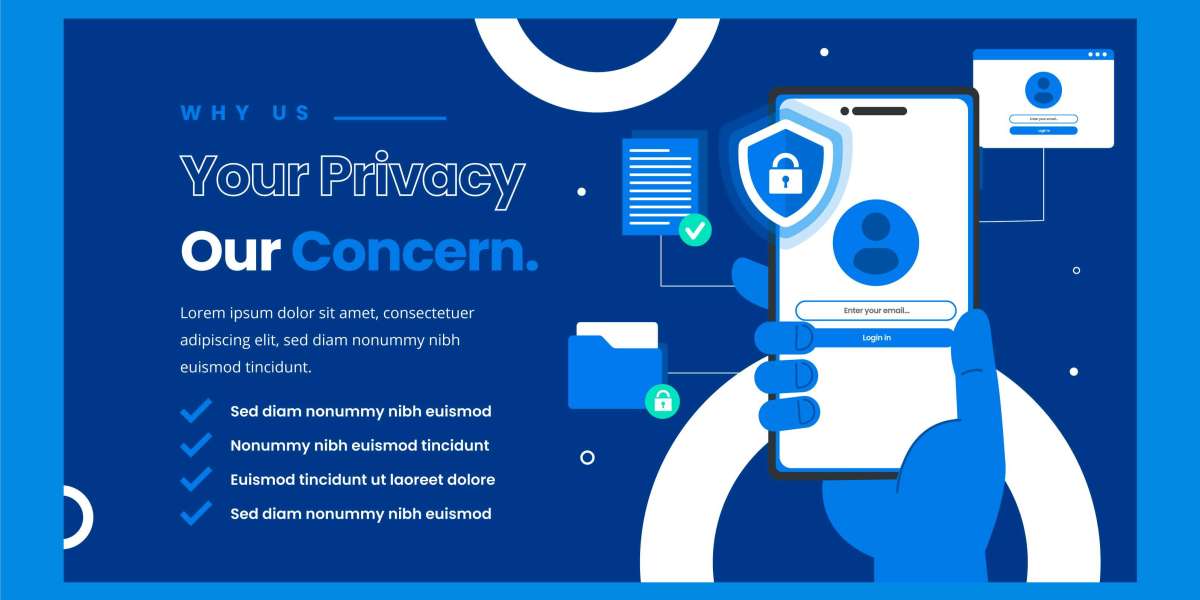As artificial intelligence (AI) and virtual assistant (VA) technologies continue to advance, it is important that developers consider security and privacy from the ground up when designing these systems. Templates intended to be used for developing VAs must ensure the security of any sensitive user data handled and prevent privacy risks. This blog post will explore some key security and privacy design considerations that should be incorporated into VA templates.
Authentication and Authorization
One of the most fundamental aspects of security that a VA template must address is authentication and authorization. Proper authentication ensures that only authorized individuals and systems can access the VA and any data it handles. Authentication also supports audit trails to determine who accessed what data and when. Some authentication approaches that a VA template could support include:
Password Authentication: Traditional username and password authentication is a basic but effective method. Strong password requirements and hashing stored passwords helps improve security.
Multi-Factor Authentication: For higher security applications, templates should integrate mechanisms for multi-factor authentication using methods like one-time passwords via text/email, authentication apps, security keys, etc.
Authorization: In addition to verifying identities, templates need to include role-based access controls to authorize what resources and capabilities different users have. Default templates roles like 'admin', 'user', 'readonly' roles help provide structure.
Single Sign-On: For deployments spanning multiple services, integrating single sign-on capabilities allows users to log in once and access all associated services without additional logins.
Secure Communications
Any communication involving sensitive user data transmitted to or from the VA needs to be encrypted to prevent interception or modification. VA templates must implement transport layer security (TLS) to encrypt network traffic between the VA and clients or backend services. Templates should also support:
TLS Configurability: Allow configuring TLS protocol version, cipher suites, certificate validation to balance security and compatibility.
Encrypted Data in Transit: Templates must integrate mechanisms to encrypt any sensitive user payloads transmitted over TLS-secured connections.
Encrypted Data at Rest: User data stored by the VA, like profiles, preferences or conversation logs, should be encrypted when at rest in databases or file storage using algorithms like AES.
Secure Connectivity: Templates should require HTTPS connectivity for VAs deployed publicly and allow restricting to private networks for more closed deployments.
Auditing and Logging
To facilitate security incident investigation and compliance with privacy regulations, VA templates need built-in support for auditing user activities and logging sensitive events. Important auditing considerations include:
Granular Logging: Templates must log detailed information on user authentications, authorization checks passed/failed, data access operations, configuration changes etc.
Log Retention: Settings are required to retain logs for a configurable duration in line with organizational policies and regulatory obligations.
Log Protection: Stored logs also need to be integrity protected and preferably encrypted to prevent tampering.
Audit Trails: User interfaces and APIs are needed to query and review log data for security monitoring and auditing purposes.
Data Protection Controls
Controls built into the template are vital to protect any personal or sensitive user data handled by the VA from unauthorized access, use and deletion:
Access Control Policies: Granular access control scoping data access based on user roles, as discussed earlier.
Data Minimization: Templates must enforce collecting only data actually needed and deleting promptly after use through configurable data retention policies.
Data Encryption: Stored user profiles and conversation logs must be encrypted as discussed above.
Anonymization: Templates should support healthcare compliance through anonymizing identifiable user details as applicable.
Consent Management: Managing legal bases and individual consent for data uses through settings and interfaces.
Deletion/ Rectification: Templates must enforce configurable retention followed by automatic deletion or capability for users to request data deletion or rectification.
Audit Trails: Maintaining logs of all data access, sharing, deletion operations for auditing and compliance.
Vulnerability Management
No software is completely immune to vulnerabilities, so templates must bake-in capabilities to proactively address vulnerabilities:
Secure Development: Adopt practices like threat modeling, input validation, output encoding during development to build security in.
Static and Dynamic Analysis: Templates support integrating tools for static code analysis, dependency checking, dynamic application security testing.
Auto-Updates: Templates enforce auto-updating system components and dependencies on a schedule and allow out-of-band fixes.
Patch Management: Central dashboards provided to manage vulnerability scans, track fixes, orchestrate patching across deployments.
Controlled Exposure: Templates enforce least privilege access, monitoring and restricting components exposed publicly.
Privacy by Design
Lastly, privacy cannot be an afterthought in VA design. Templates must support the key privacy by design principles:
Anonymization Techniques: Support irreversible data transformation techniques to remove identifiers.
Purpose Specification: Clearly define data uses and restrict function creep through agent configurations.
Data Minimization: Collect minimum personal data, use for specified purposes only, and delete immediately after use.
Transparency: Templates provide capability statements, configuration tools describing data uses transparently to users.
Individual Participation: Allow individuals easily access, rectify or delete personal data through account interfaces.
Vendor Accountability: Templates integrate independent privacy assessments and audits by third-parties for compliance.
Conclusion
This post outlined important security and privacy design considerations that should be incorporated into any VA template. Proper authentication, authorization, encryption, logging, vulnerability management and privacy by design are some key aspects that help develop trustworthy and compliant VA technologies. Templates addressing these will allow more robust and safer adoption of AI assistants.
Read More:- https://studylib.net/doc/27095674/streamlining-av-installation-with-premade-templates








